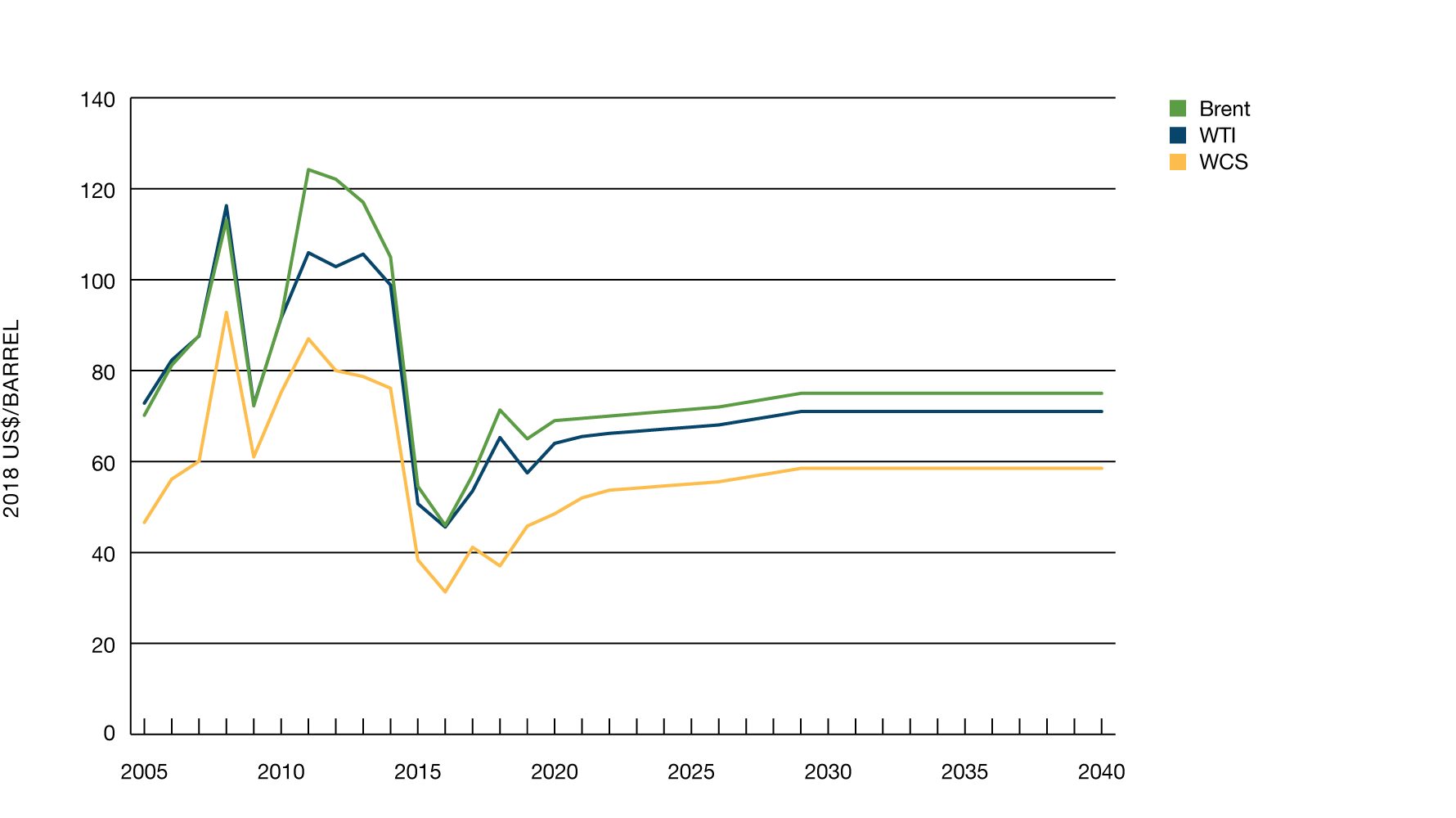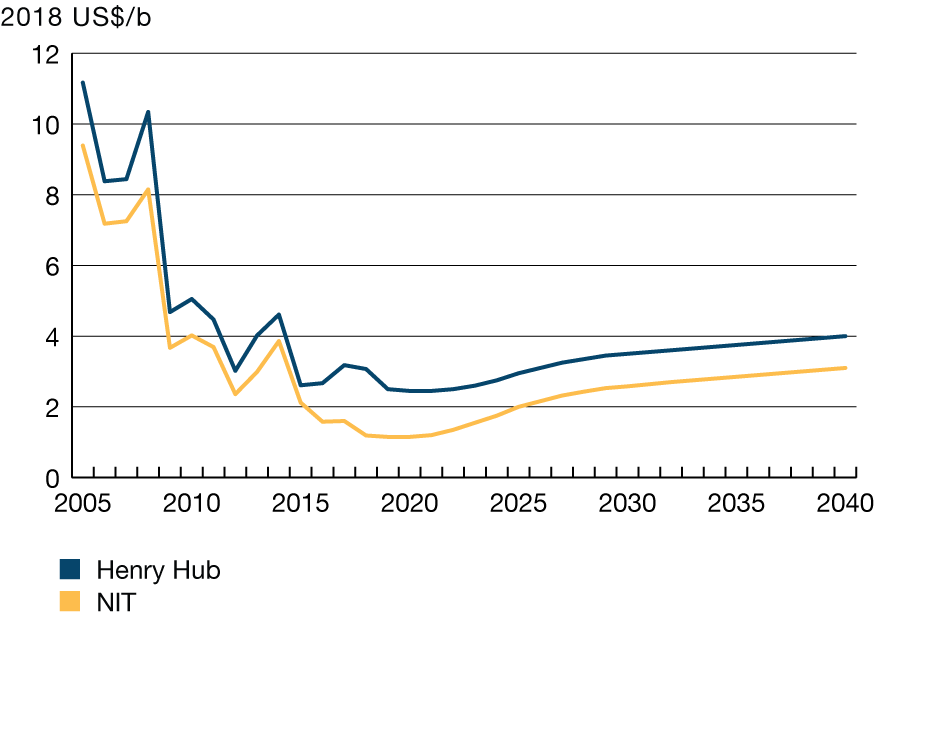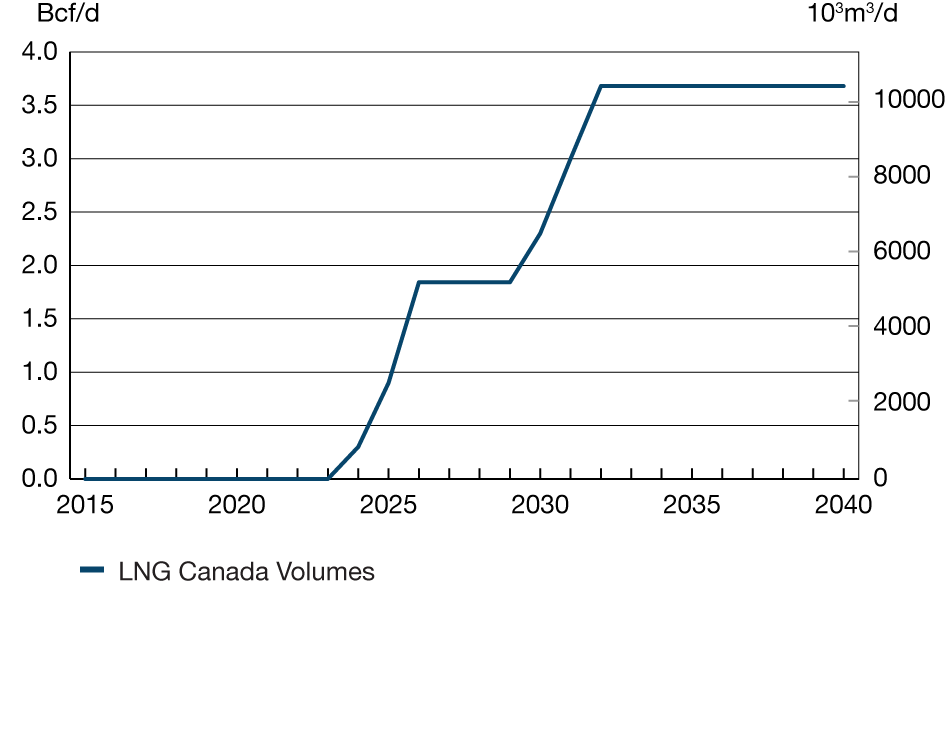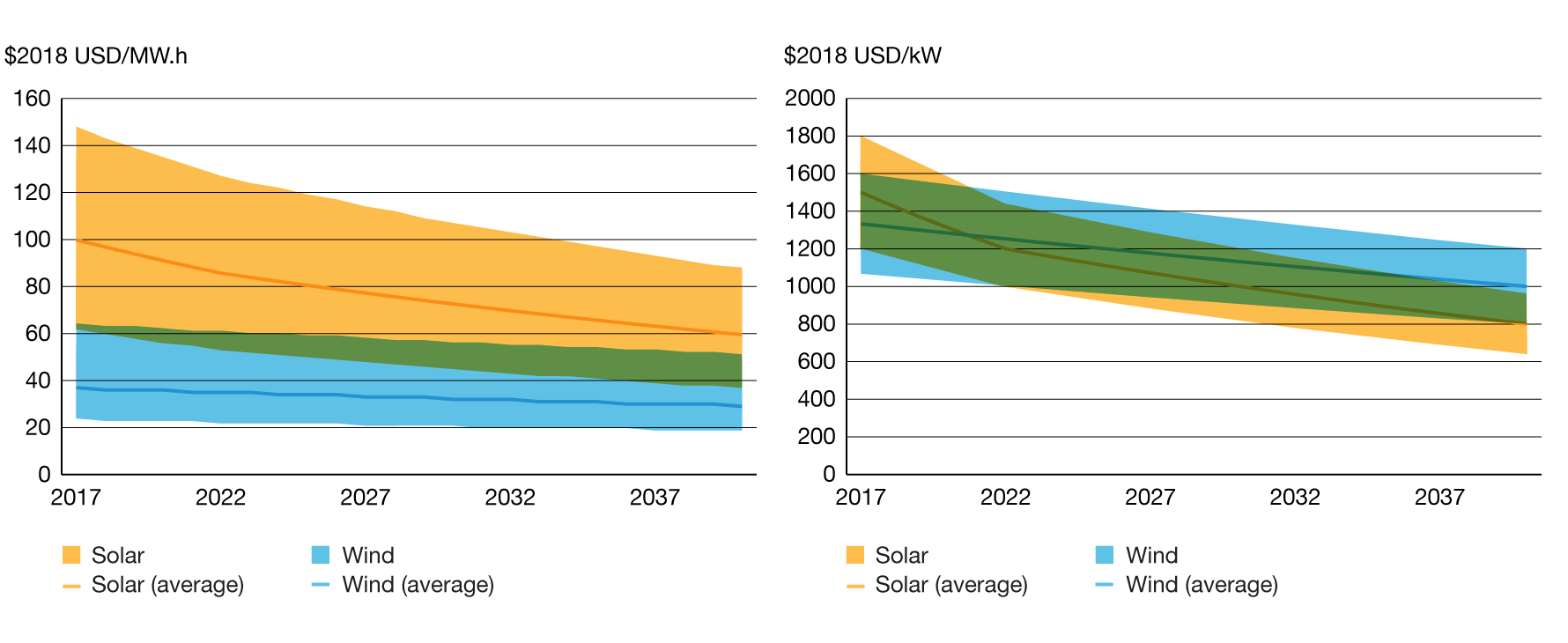Assumptions
This page has been archived on the Web
Information identified as archived is provided for reference, research or recordkeeping purposes. It is not subject to the Government of Canada Web Standards and has not been altered or updated since it was archived. Please contact us to request a format other than those available.
EF2019 includes an update to the Reference Case projection. The Reference Case is based on a current economic outlook, a moderate view of energy prices and technological improvements, and climate and energy policies announced and sufficiently detailed for modeling at the time of analysis.
The outlook makes a variety of assumptions about future trends that are necessary to make long-term projections. These are factors such as included climate policies and regulations, rate of technological change, crude oil and natural gas markets (both domestic and global), infrastructure, major electricity projects and future costs of new generation capacity. Additional detail on the specific assumptions is below.



 Description
Description


